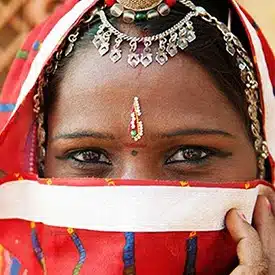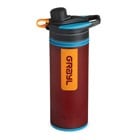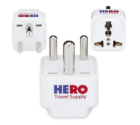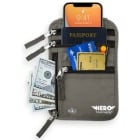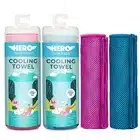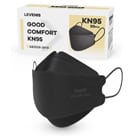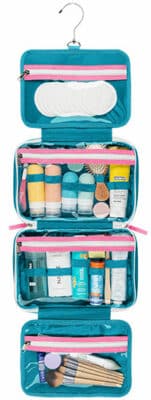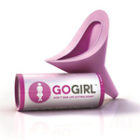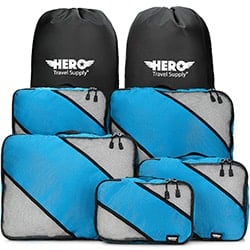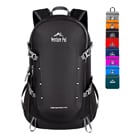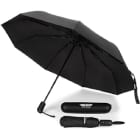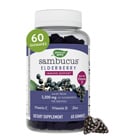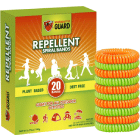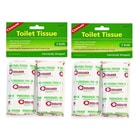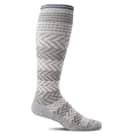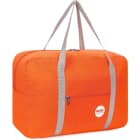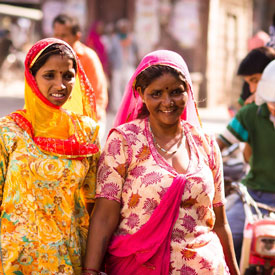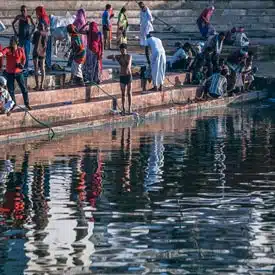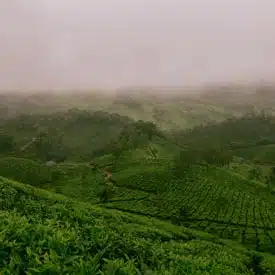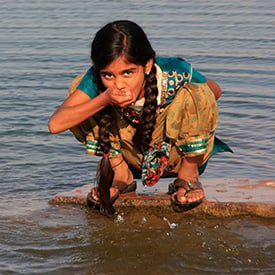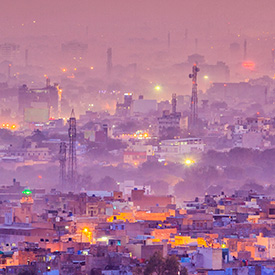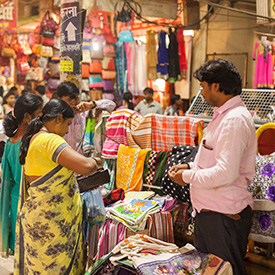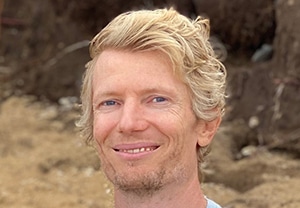WINTER – December, January, February, (partially) March:
Winter is, logically, the coldest and best time of year to visit most parts of India (though temperatures are much warmer in South India). Dress according to how comfortable you’ll be in the temperatures, and plan to bring appropriate cold weather gear if you’re in the North (hats, gloves, light jacket or fleece) as appropriate for the activities and elevations you’ll be experiencing. Temperatures in the north (Delhi) average between 45°F to 75°F (7°C to 24°C), and in the south (Kochi) between 73°F to 90°F (23°C to 32°C).
SUMMER – (Pre-Monsoon Season) April, May, June:
This is by far the hottest time to visit India, and believe it or not it can be a dangerous time. April and May are the hottest months, and can bring some interesting weather.
The north can get intense pre-monsoon storms which carry hail, and the famous Loo winds blow in the north during the summer.
The intense heat can cause people to get sunstroke and it’s advised to never go out in the midday sun.
When packing for India during the summer, be very sure to do your research about the specific regions you’ll be visiting and staying in. Pack light, quick-drying clothes and items that can cover you for sun protection while keeping you cooler – think long-sleeved linen shirts, quality sun hats, linen pants, sunglasses, etc. Temperatures in the north (Delhi) average between 80°F to 102°F (27°C to 39°C), and in the south (Kochi) between 80°F to 90°F (27°C to 32°C).
MONSOON – July, August, September:
As you might guess, Monsoon season is very wet. Monsoon rains are what drive India’s agriculture-based economy, so it’s a very important, albeit soggy, time of year for the country and its inhabitants.
Rains move in from various directions, and by July almost the entire country is experiencing storms and downpours, and a fair amount of flooding. If you’re visiting during Monsoon season, plan to bring high-quality rain gear and quick-dry layers.
An umbrella is crucial, as is a rain jacket. Waterproof shoes are ideal, but you’ll want to avoid shoes that will take a long time to dry. Temperatures in the north (Delhi) average between 80°F to 94°F (27°C to 34°C), and in the south (Kochi) between 75°F to 85°F (24°C to 29°C).
FALL – (Post-Monsoon Season) October, November:
During Indian autumn, drier and cooler air spills across the Himalayas and clears the skies, bringing the sun back into the picture. This is a windy season, so layers are important, as the wind can bring uncertain temps in some parts of India. Many areas experience lingering, dwindling precipitation, so you should absolutely plan to have rain gear and a windproof umbrella on-hand. Temperatures in the north (Delhi) average between 60°F to 90°F (16°C to 32°C), and in the south (Kochi) between 75°F to 88°F (24°C to 31°C).
Check out this helpful guide from Mariellen Ward on the 24 best places to visit in India by month




